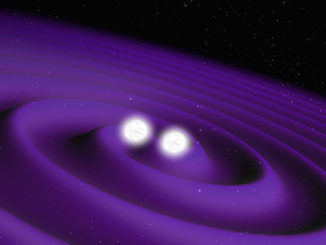
Swift

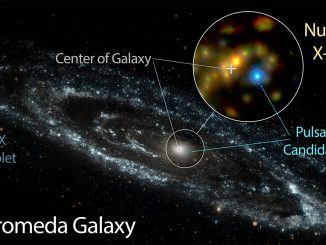

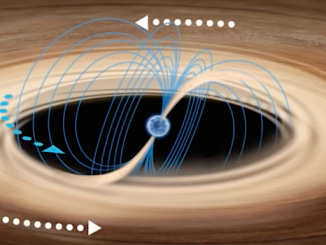
Mind the gap: ‘Rapid Burster’ behaviour explained
Scientists observing a curious neutron star in a binary system known as the ‘Rapid Burster’ may have solved a forty-year-old mystery surrounding its puzzling X-ray bursts. They discovered that its magnetic field creates a gap around the star, largely preventing it from feeding on matter from its stellar companion.

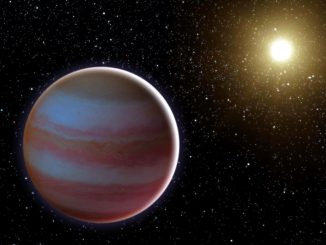
Microlensing observations with space telescope duo reveals brown dwarf
In a first-of-its-kind collaboration, NASA’s Spitzer and Swift space telescopes joined forces to observe a microlensing event, when a distant star brightens due to the gravitational field of at least one foreground cosmic object. This technique is useful for finding low-mass bodies orbiting stars, such as planets. In this case, the observations revealed a brown dwarf.
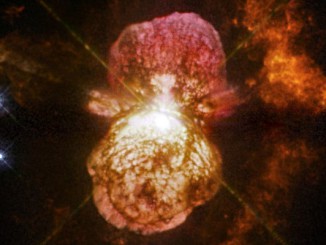
NASA’s unprecedented look at superstar Eta Carinae
Eta Carinae is the most luminous and massive stellar system within 10,000 light-years of Earth. A long-term study led by astronomers at NASA’s Goddard Space Flight Center used satellites, ground-based telescopes and theoretical modelling to produce the most comprehensive picture of Eta Carinae to date.

Pulsar with black hole could hold the ‘holy grail’ of gravity
The intermittent light emitted by a pulsar allows scientists to verify Einstein’s theory of relativity, especially when paired up with another neutron star that interferes with its gravity. According to researchers from Spain and India, this theory could be analysed much more effectively if a pulsar with a black hole were found.
